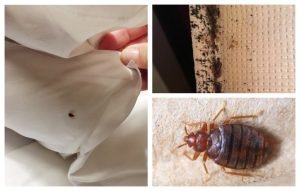
Can Bed Bugs Live in Clothes? What You Need to Know
Your wardrobe might be at risk. Learn how to inspect, treat, and protect your clothing.


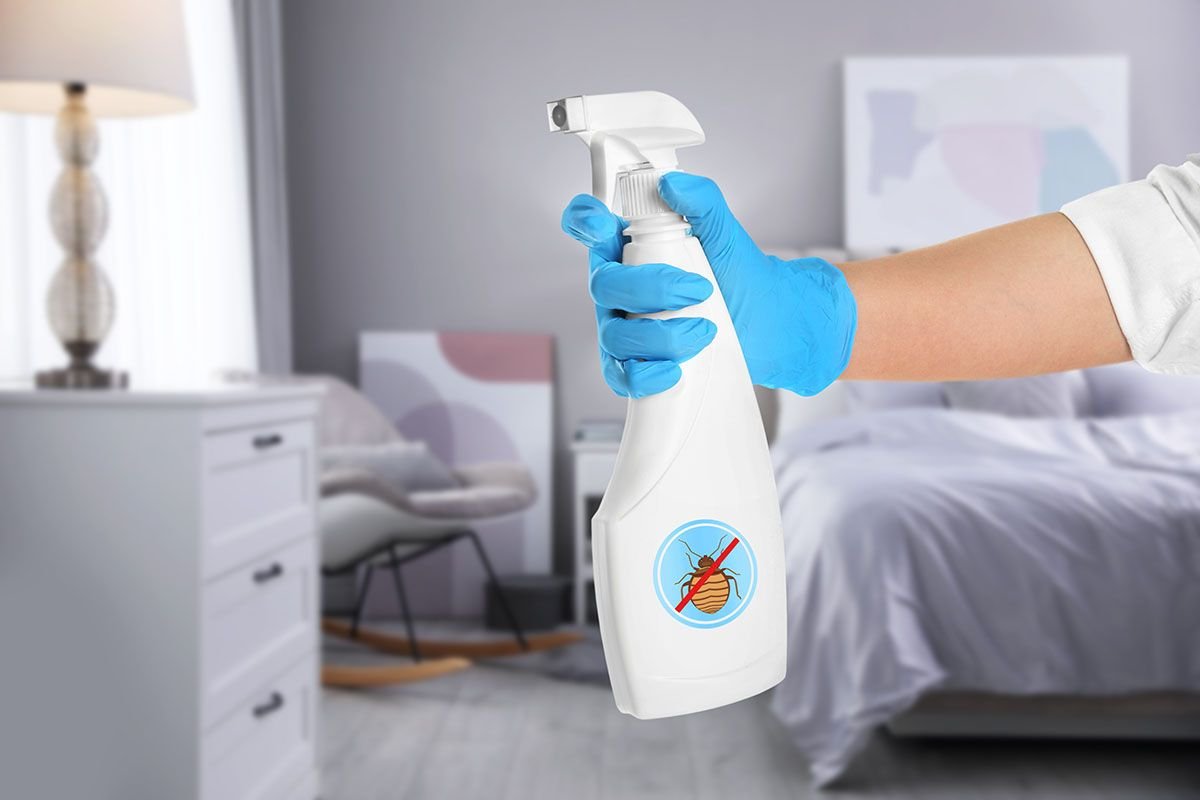
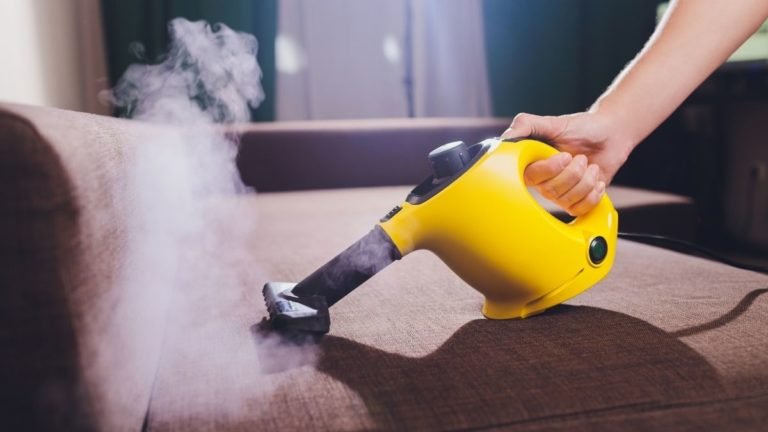


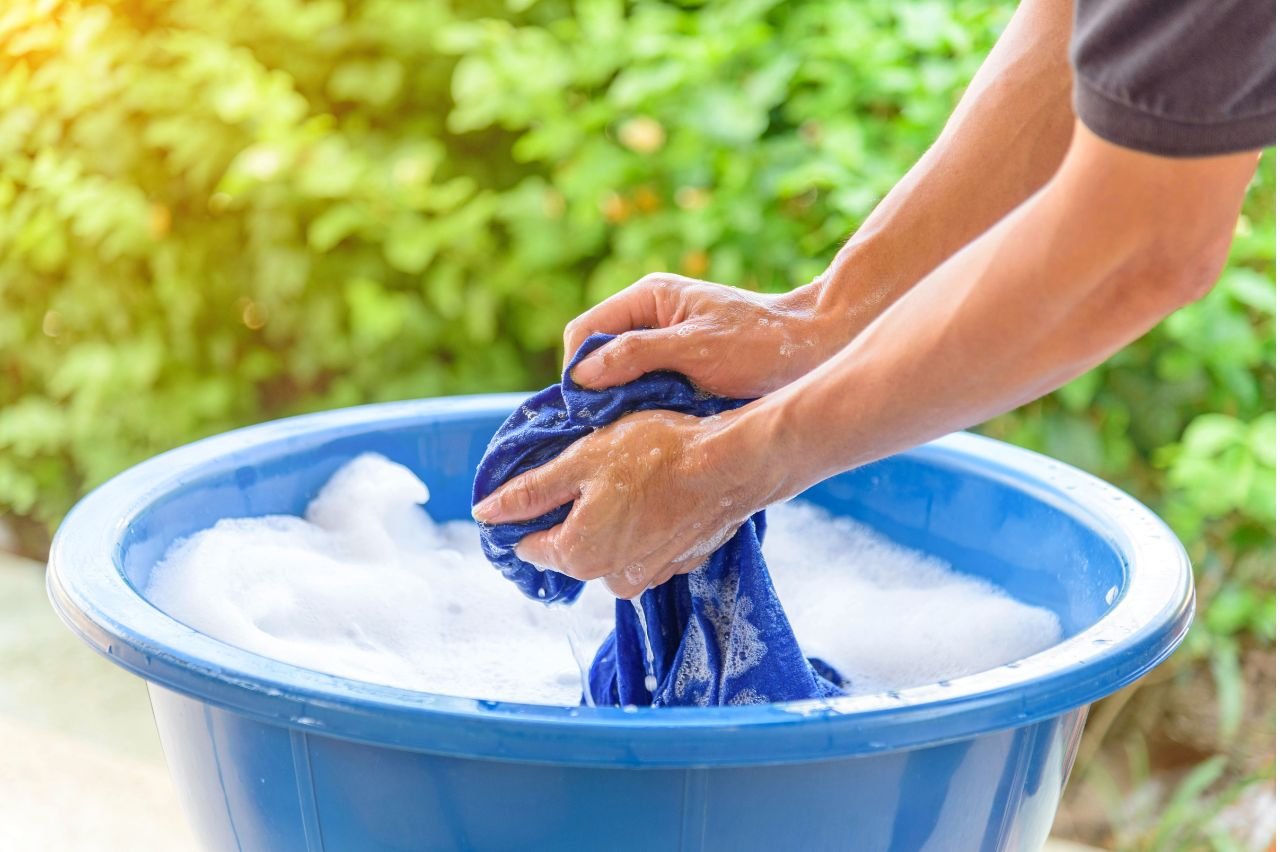
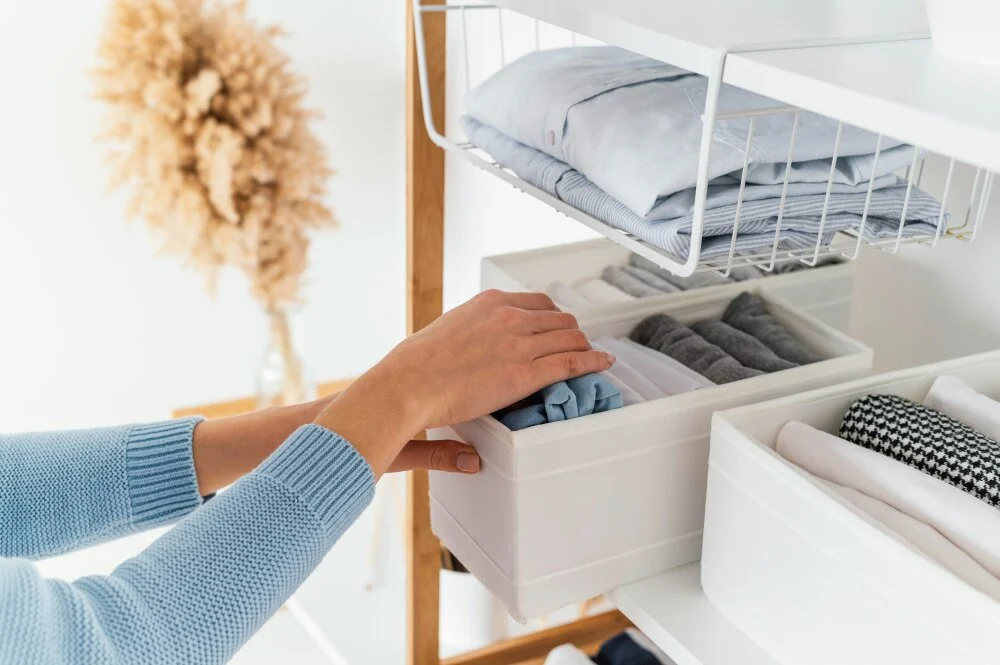
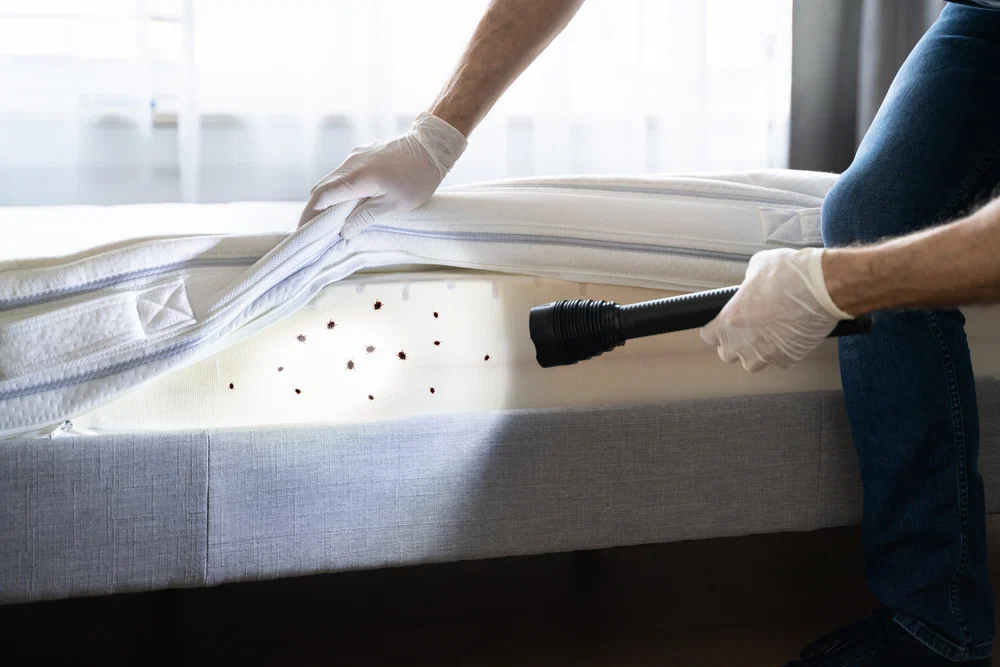
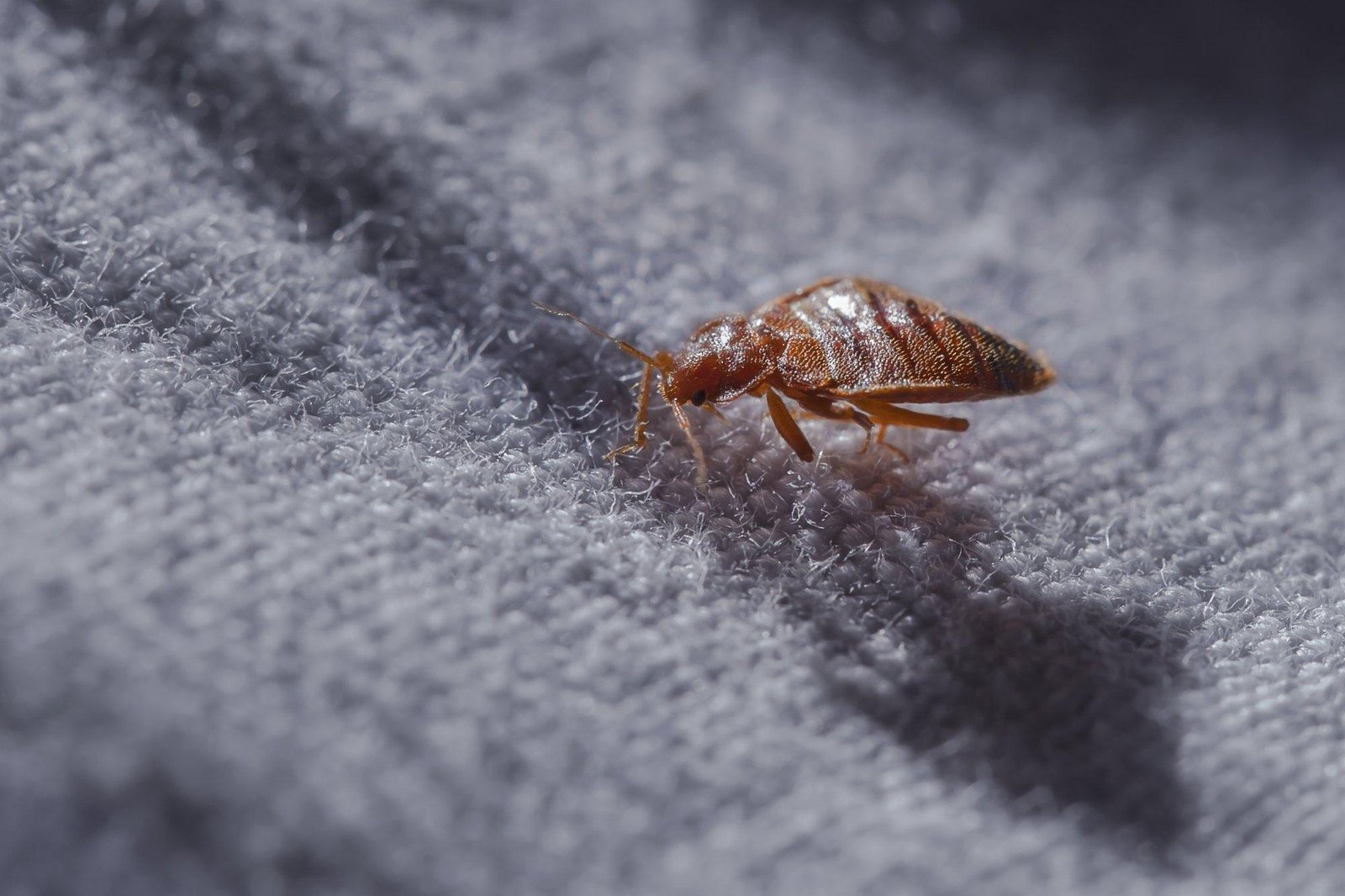

Your wardrobe might be at risk. Learn how to inspect, treat, and protect your clothing.
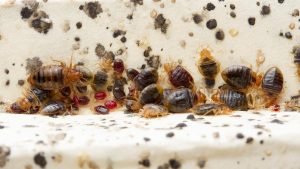
One female bed bug can start an infestation. Learn how fast it can get out of hand.
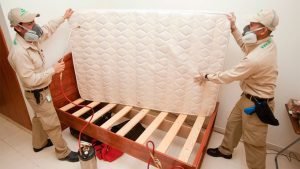
Follow this easy checklist to ensure effective and smooth treatment.
Don’t wait—infestations spread fast. Contact our emergency response team today and sleep better tonight.
At bedbug, we prioritize your safety and comfort. Our treatments are both safe and effective, designed to be completely child- and pet-friendly while delivering lasting results.
Sector # 48, 123 Street, miosya road VIC 28, Australia.
+800 123-456-7890
Copyright © 2025 Bed Bug Gone. All Rights Reserved